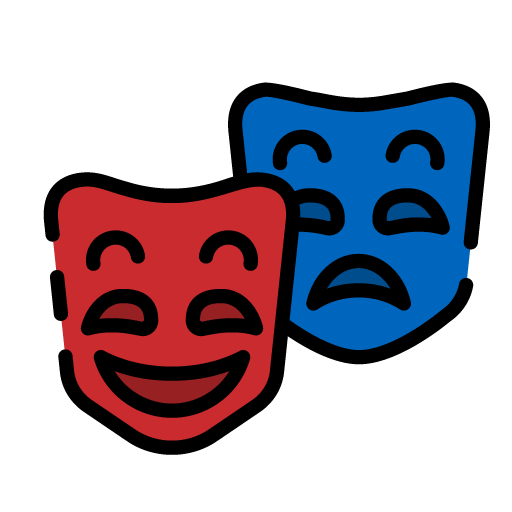Directing a theater production requires a unique blend of artistic vision, leadership, and practical management skills. A successful director must guide actors, coordinate technical elements, and ensure that every aspect of a performance comes together seamlessly. Whether you are aspiring to direct professionally or want to gain experience in theater, mastering essential directing skills is the foundation for creating compelling and cohesive productions.
Understanding the Role of a Director
The director serves as both the creative and organizational leader of a production. They interpret the script, establish the vision, and communicate it to actors, designers, and crew. A director balances artistic goals with logistical realities, ensuring that performances are engaging, coherent, and technically sound.
Key responsibilities include:
- Developing a clear interpretation of the script.
- Guiding actors in character development and performance choices.
- Collaborating with designers and crew to achieve a unified production.
- Managing rehearsal schedules and maintaining workflow efficiency.
Understanding the scope and impact of the director’s role is essential for effectively leading a theatrical production.
Communication and Leadership Skills
Effective communication is one of the most critical skills for any director. Directors must clearly articulate their vision and provide constructive guidance to actors and technical teams.
- Actor Direction – Give precise, actionable feedback to support character development and scene execution.
- Team Collaboration – Coordinate designers, stage managers, and crew to ensure alignment with the production vision.
- Conflict Resolution – Address creative differences professionally and maintain a positive rehearsal environment.
Strong leadership inspires confidence, fosters collaboration, and enables the team to work efficiently toward a shared goal.
Script Analysis and Interpretation
Directors must thoroughly understand the script to bring the story to life. Script analysis involves examining:
- Themes and Motifs – Identify the central messages and recurring elements to shape performance and design.
- Character Development – Understand each character’s motivations, relationships, and arc.
- Pacing and Structure – Determine the rhythm of scenes and transitions to maintain audience engagement.
This deep understanding allows directors to guide actors and designers effectively, ensuring that the production reflects a cohesive artistic vision.
Blocking and Stage Movement
Blocking is the careful planning of actors’ movements on stage. It ensures that each scene is visually dynamic, supports the story, and accommodates technical elements such as lighting and set design.
Effective blocking requires:
- Awareness of stage space and sightlines.
- Coordination with lighting, sound, and set teams.
- Ensuring actors’ positions and movements convey relationships and emotions clearly.
Well-executed blocking enhances both the visual and narrative impact of a performance.
Rehearsal Management
Managing rehearsals efficiently is vital for successful productions. Directors must balance time, focus, and energy to maximize progress.
Key strategies include:
- Planning structured rehearsal schedules.
- Prioritizing challenging scenes for additional focus.
- Encouraging collaboration and experimentation while maintaining discipline.
Strong rehearsal management ensures that actors are prepared, technical elements are synchronized, and the production progresses on schedule.
Collaborating with Technical Teams
The director’s vision is realized through collaboration with lighting designers, set designers, sound engineers, and costume designers. Understanding the basics of each technical area allows directors to communicate clearly and make informed creative decisions.
Effective collaboration includes:
- Providing guidance while respecting the expertise of each team member.
- Integrating technical elements seamlessly with performance.
- Adjusting vision pragmatically to accommodate technical limitations.
A director who works well with technical teams elevates the overall quality and impact of the production.




